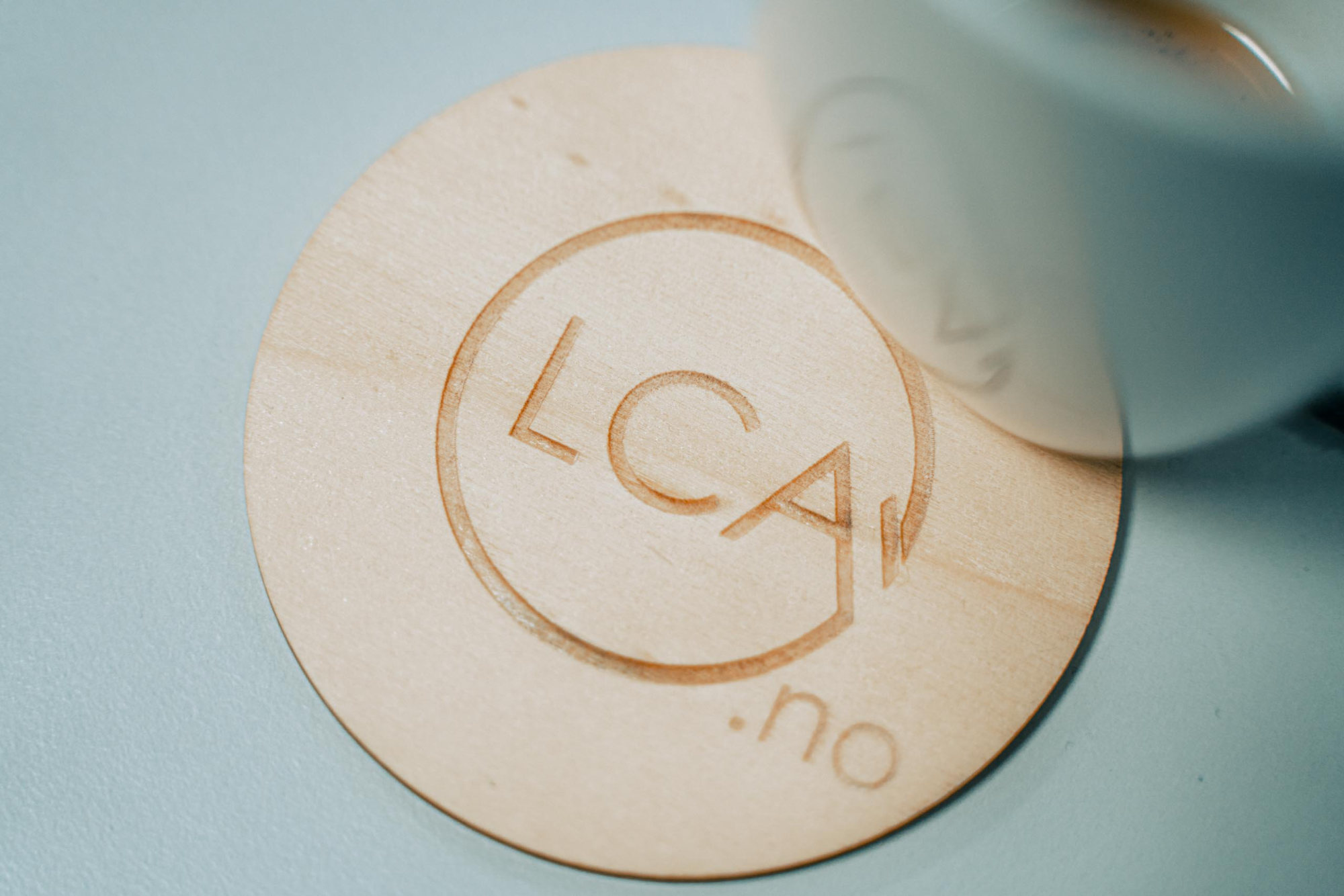LCA.no is a provider of tools and services for environmental documentation and innovation. The company makes EPD simple and cost-saving through their cloud-based EPD Generator.
LCA.no is a fairly young company, founded in 2016, but the backbone of the company is over 35 years of research and development of LCA analyzes and environmental documentation. The company was founded in its time by the research institute Norsus.
Interview with Trond Edvardsen, CEO of LCA.no AS.
Easy Engineering: What are the main areas of activity of the company?
Trond Edvardsen: Development of an EPD is often time-consuming and resource-intensive and LCA.no has developed a tool, the EPD Generator, to simplify this process.
Our tools use research-based data and comply with international standards to ensure the best possible quality. This makes sure that our tools have a high professional quality while making the development of environmental documentation and analyzes effective and resource-saving.
Our goal is to provide business with sustainable competitiveness.
E.E: What’s the news about new products/services?
T.E: Our verified and digital solution gives our customers a completely unique opportunity to produce their own EPDs, but also to drive product and business development in a very efficient way. The simulation and analysis options in the EPD Generator are really a competitive advantage for users.
The fact that LCA Tools is verified and easy to use means that you do not need a heavy professional background to be able to create reliable environmental documentation.

E.E: What are the ranges of products/services?
T.E: LCA.no supplies environmental documentation within a number of industries and delivers to both small businesses and large groups. At the time of writing, we have customers on 4 continents and our tools meet all known standards. We are very clear that we do not deliver ESG reporting, but verified input to the reporting.
We are working towards becoming a “one stop shop” for verified environmental documentation and can deliver both individual products, services, complex projects and transport, to name a few.
We see that our customers appreciate that entire projects can be calculated in one and the same tool and that subcontractors and factories all over the world can be integrated into one interface.
E.E: What is the state of the market where you are currently active?
T.E: Our experience is that the legal requirements and norms for environmental documentation are becoming increasingly clear and that the market is growing tremendously. The EU is constantly tightening the screws and regulation is the biggest market driver. At the same time, we are lucky to work with some of the most exciting companies in their field, and these want to be at the forefront of regulation.
At the same time, the EU is a large market for both the USA and Asia, and this in turn leads to good demand for environmental documentation and EPD from these continents.
E.E: What can you tell us about market trends?
T.E: Building, construction and infrastructure have come a long way with environmental documentation and EPD, but now we see that the requirements will apply in all industries. Both textile, furniture, redesign and the food industry are coming full circle now. If we are to reach the climate targets, it is also the only option; that everyone contributes.

E.E: What estimations do you have for 2024?
T.E: 2024 will forever mark a change of pace for environmental documentation, but from here it will only escalate. In 2024, the EU has introduced new legislation (ESPR) to promote sustainable products and reduce environmental impact. Several things are still in the works, but approximately 30 product categories will, as a direct consequence, be covered by the new requirements for a digital product passport.
Although digital product passports are not yet mandatory for all product categories, implementation is expected to occur gradually between 2026 and 2030. The preliminary agreement in December 2023 on ESPR prioritizes products with significant environmental impact and improvement potential, including textiles (especially clothing and footwear), furniture, chemicals, batteries, consumer electronics, electronic devices, and building products. For batteries, through the “New EU Battery Regulation,” textiles, through the “EU strategy for sustainable and circular textiles,” and electronics, through the “ECO-design for sustainable products regulations,” work on prototypes for DPP has begun, and the requirements are expected to be fully implemented during 2024.
The announced, but still new, requirements have really accelerated the market. The market, and the solutions, for environmental documentation and EPD have really come into focus. We at LCA.no are well equipped for the growth to come, but believe some businesses will be surprised at how quickly they are affected by the new requirements. Many will already report for the financial year 2024 and will quickly need documentation. Then it is good to be able to use the digital tools that we at LCA.no offer and not be dependent on manual excel sheets and endless consulting hours!


